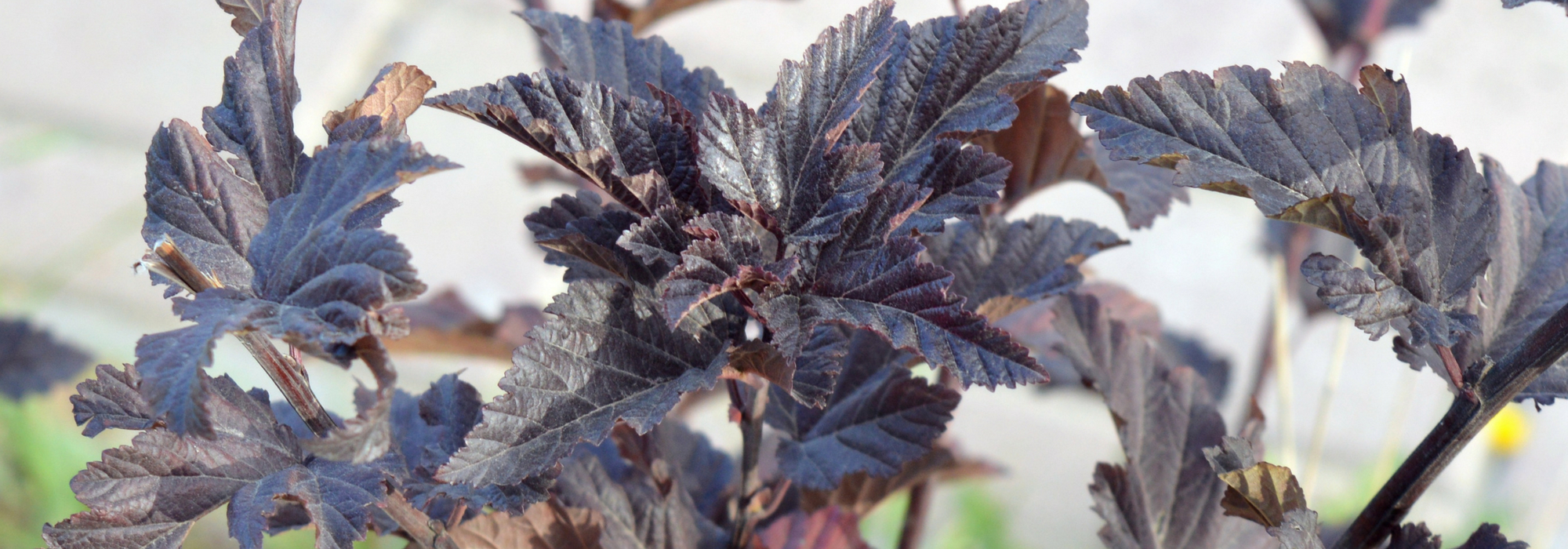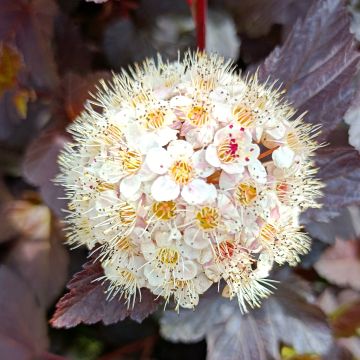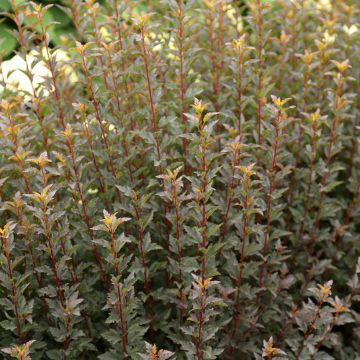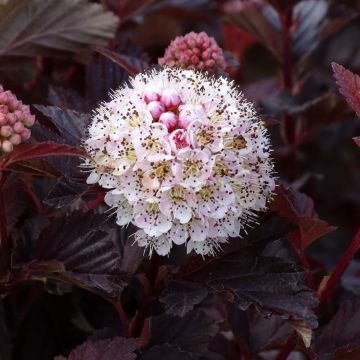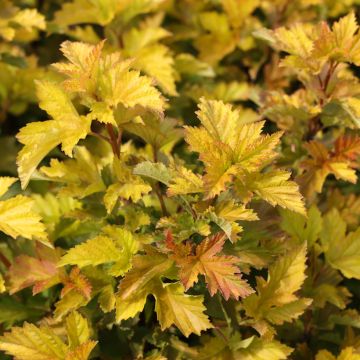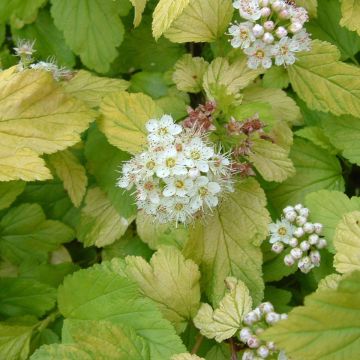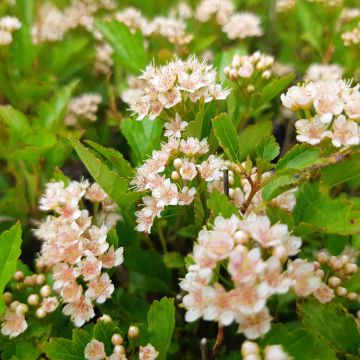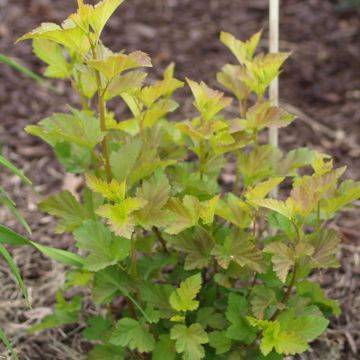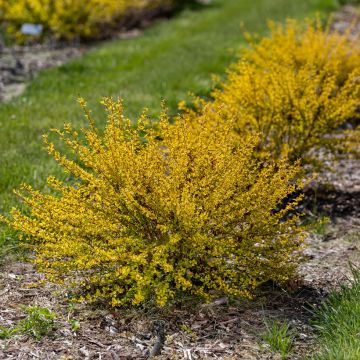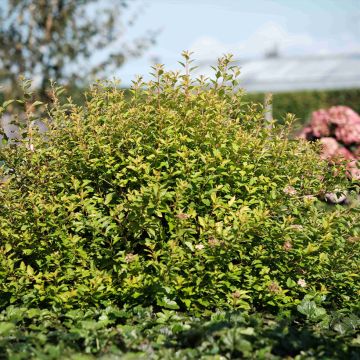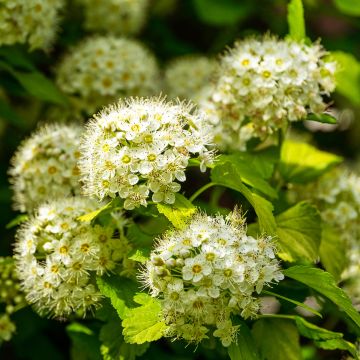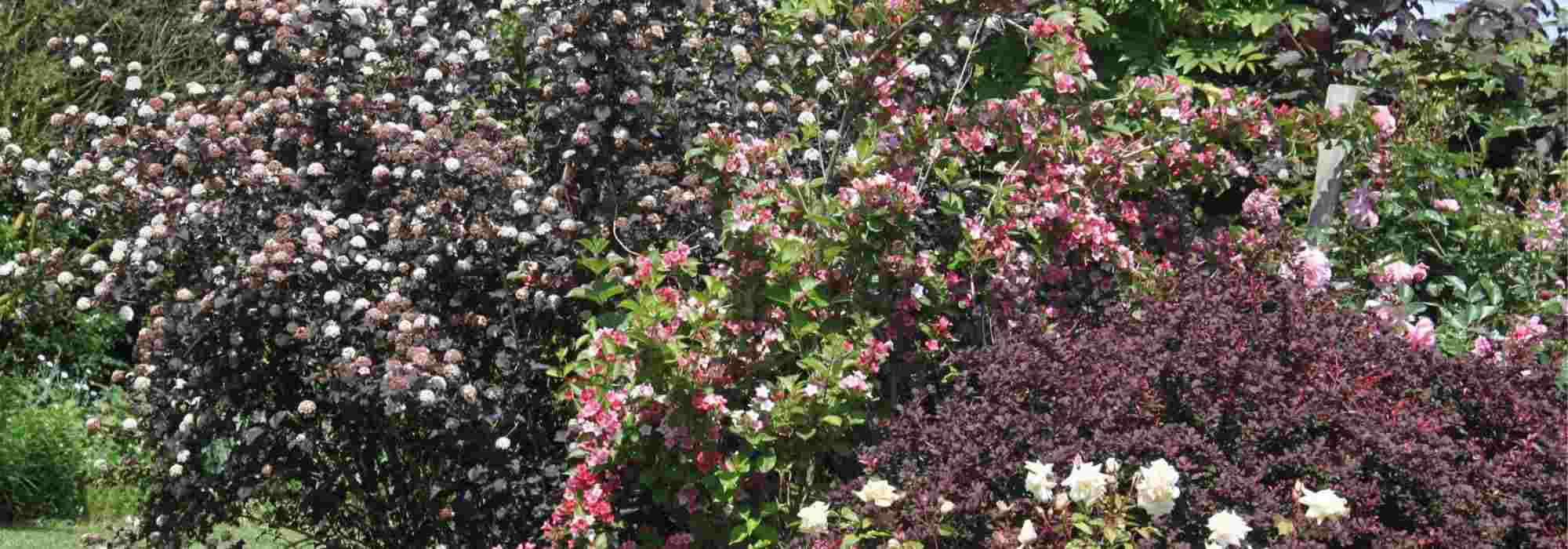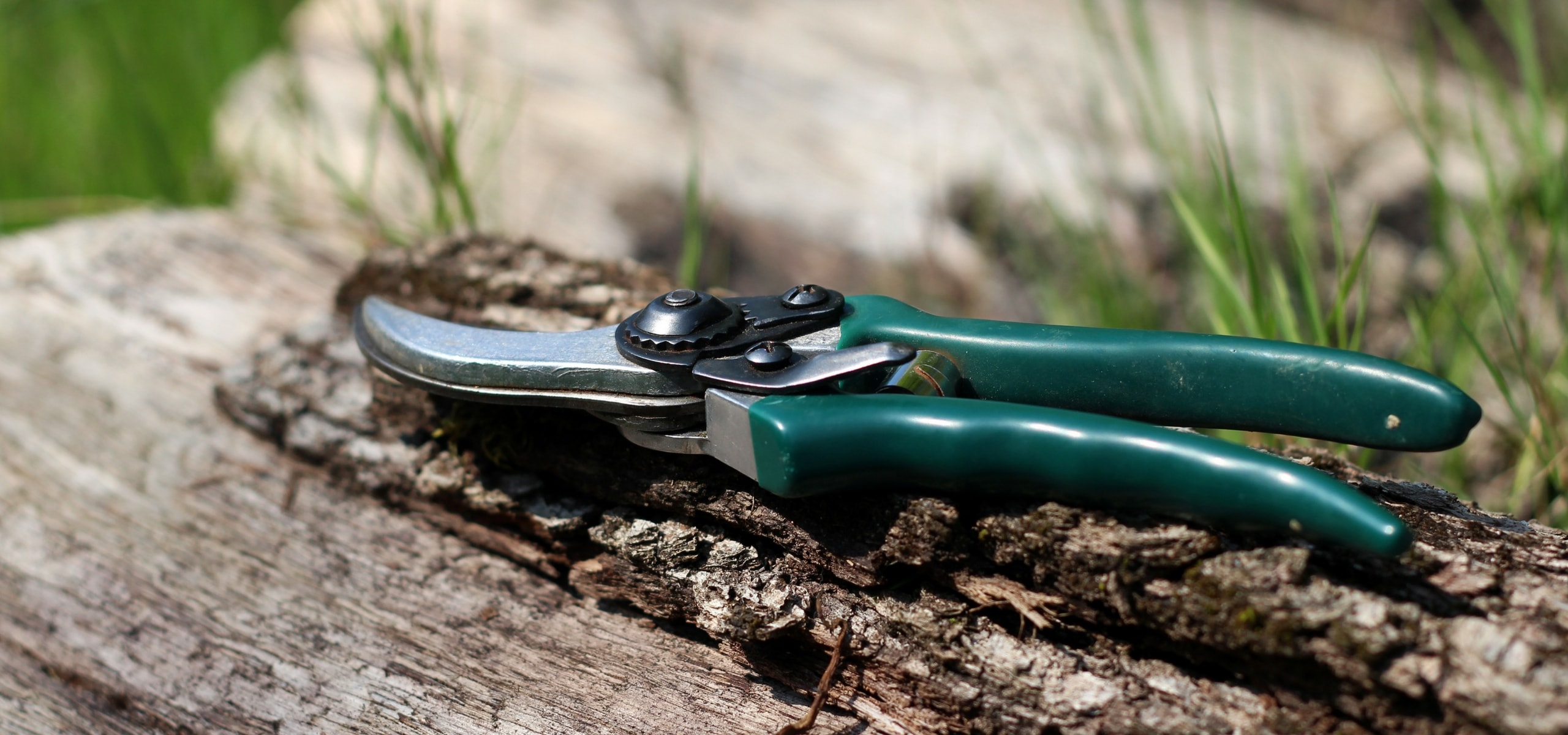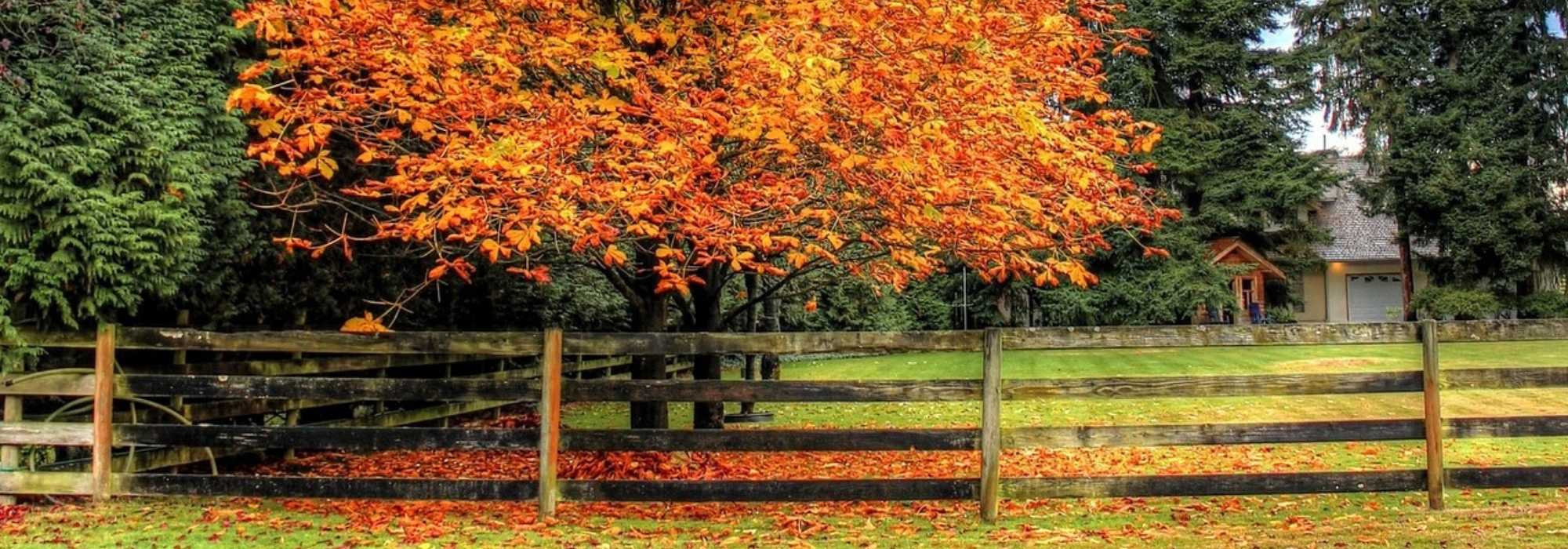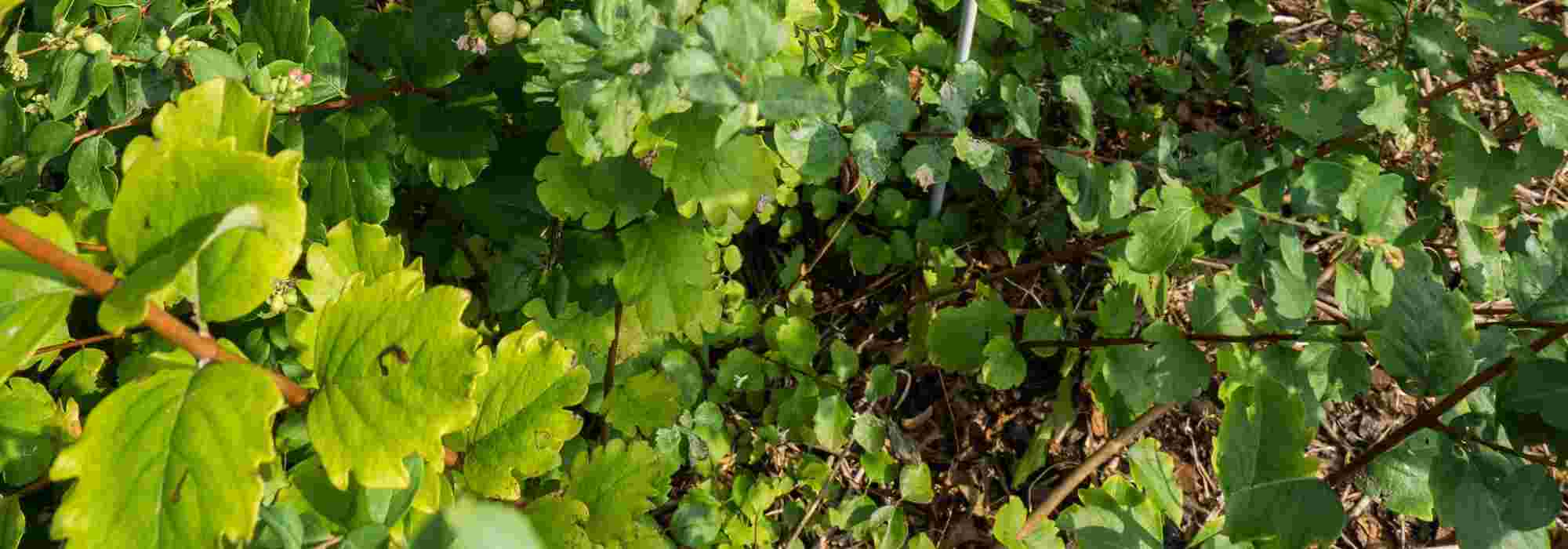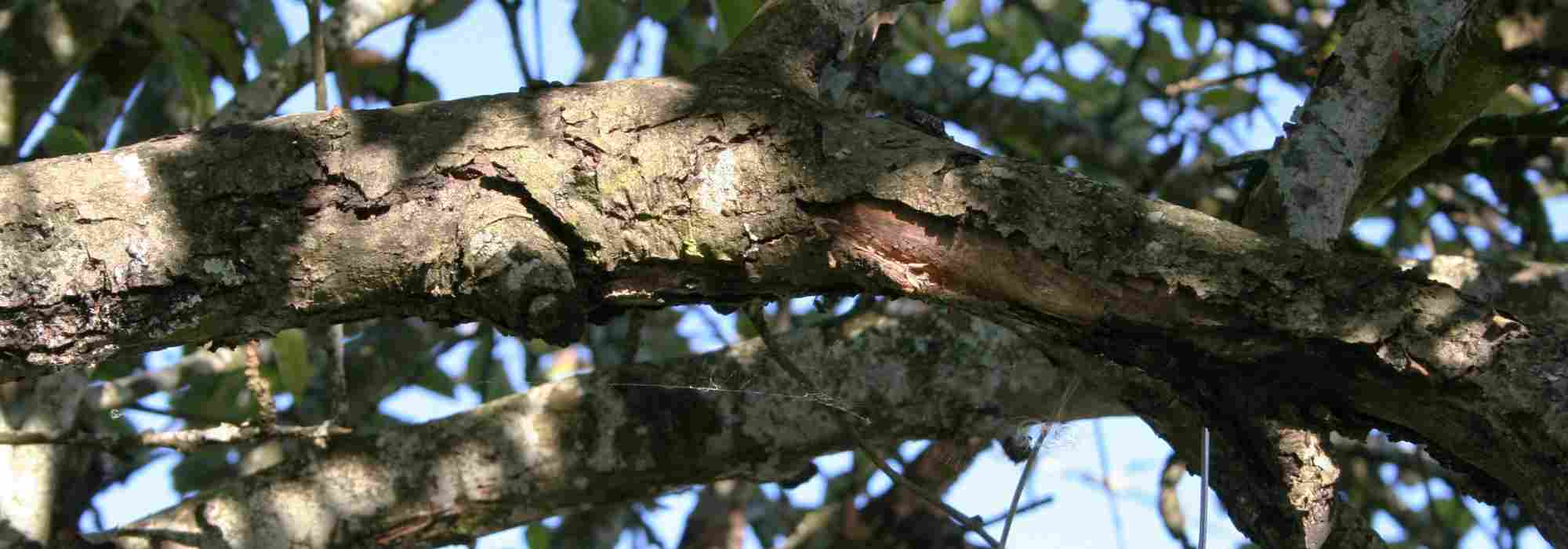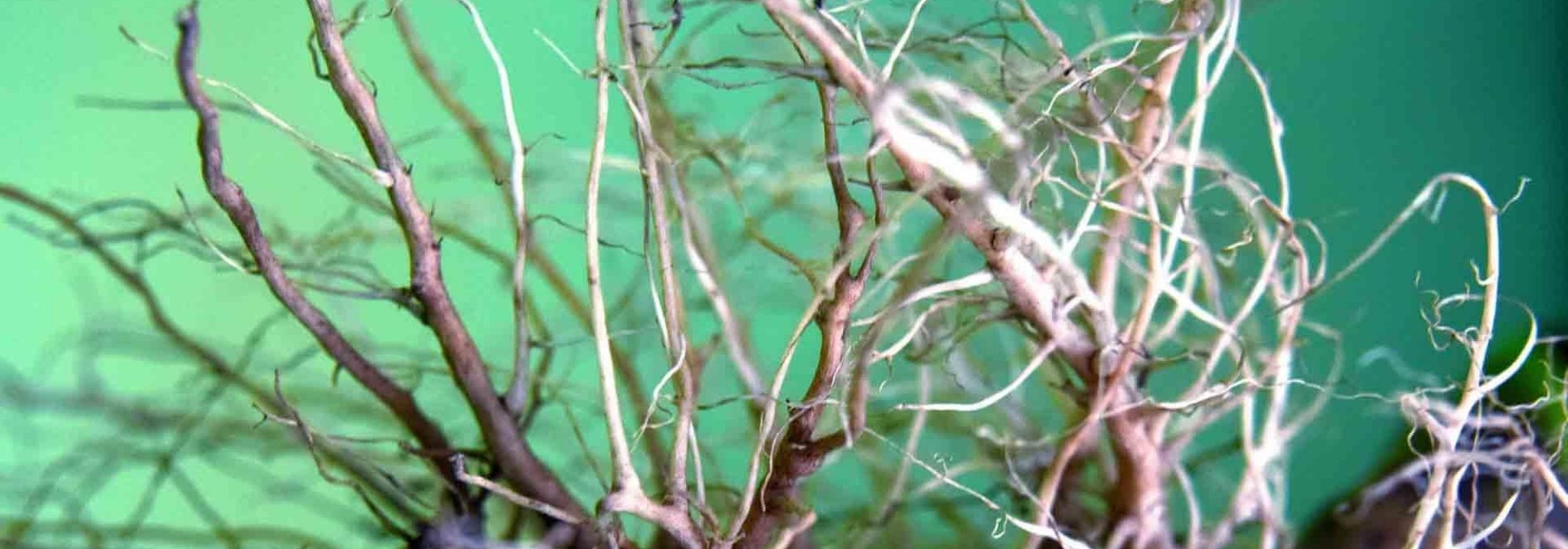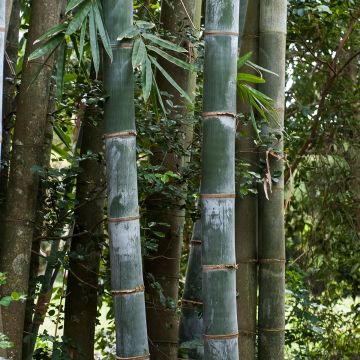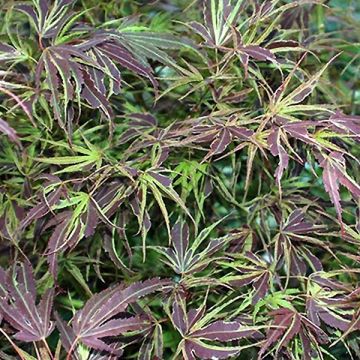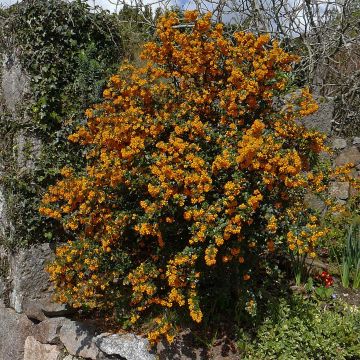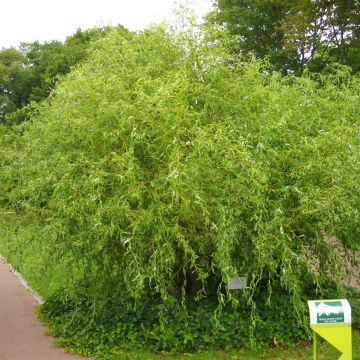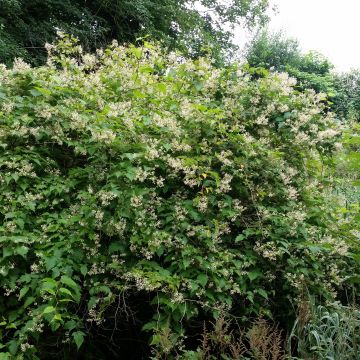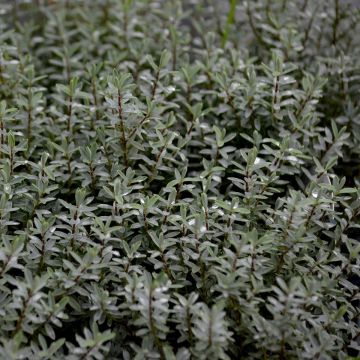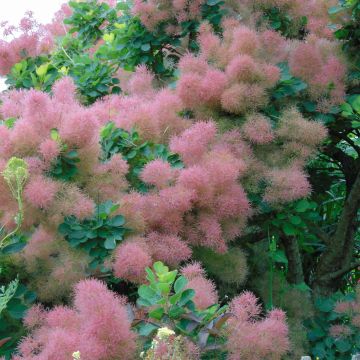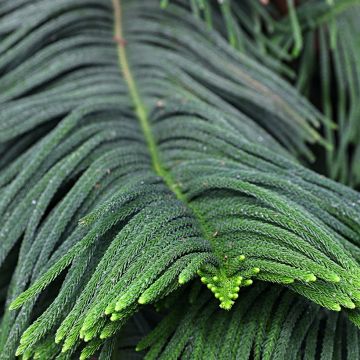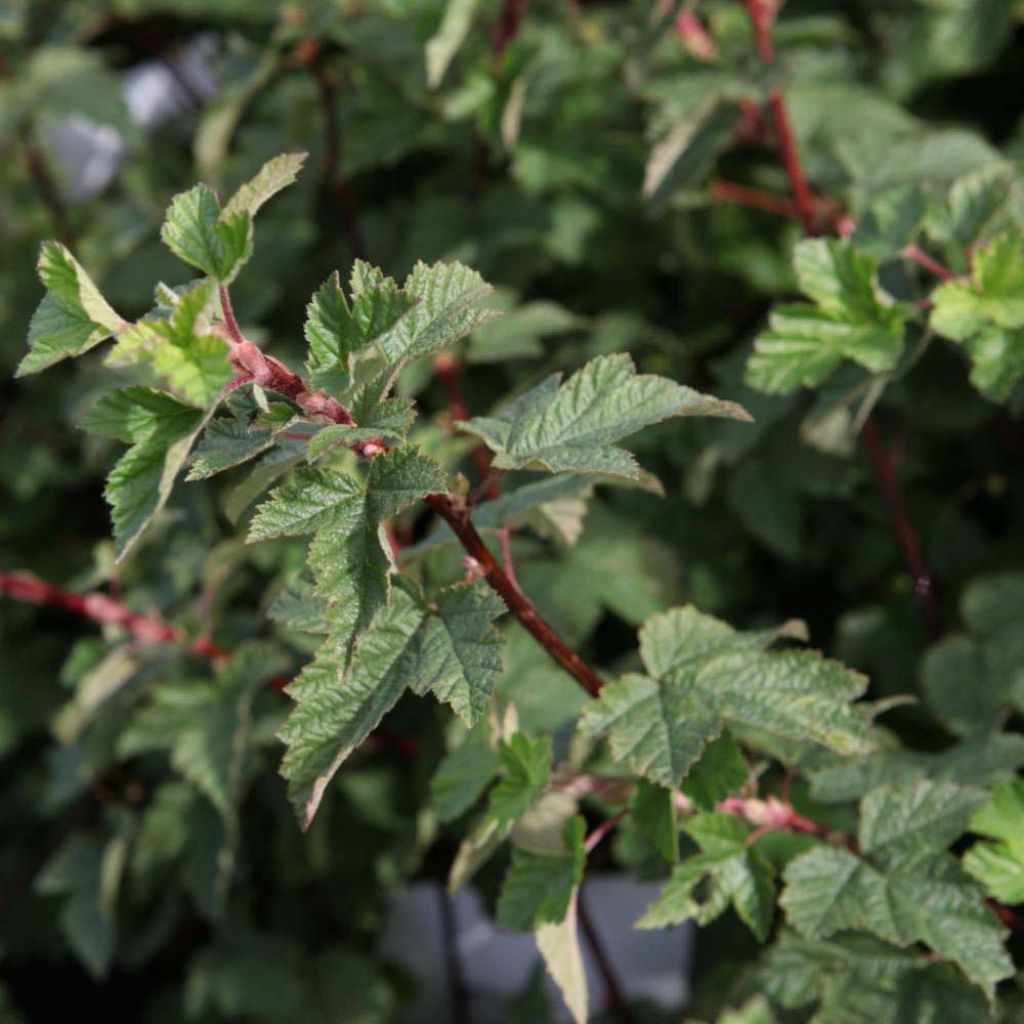

Physocarpus capitatus Tilden Park - Physocarpe à boules.
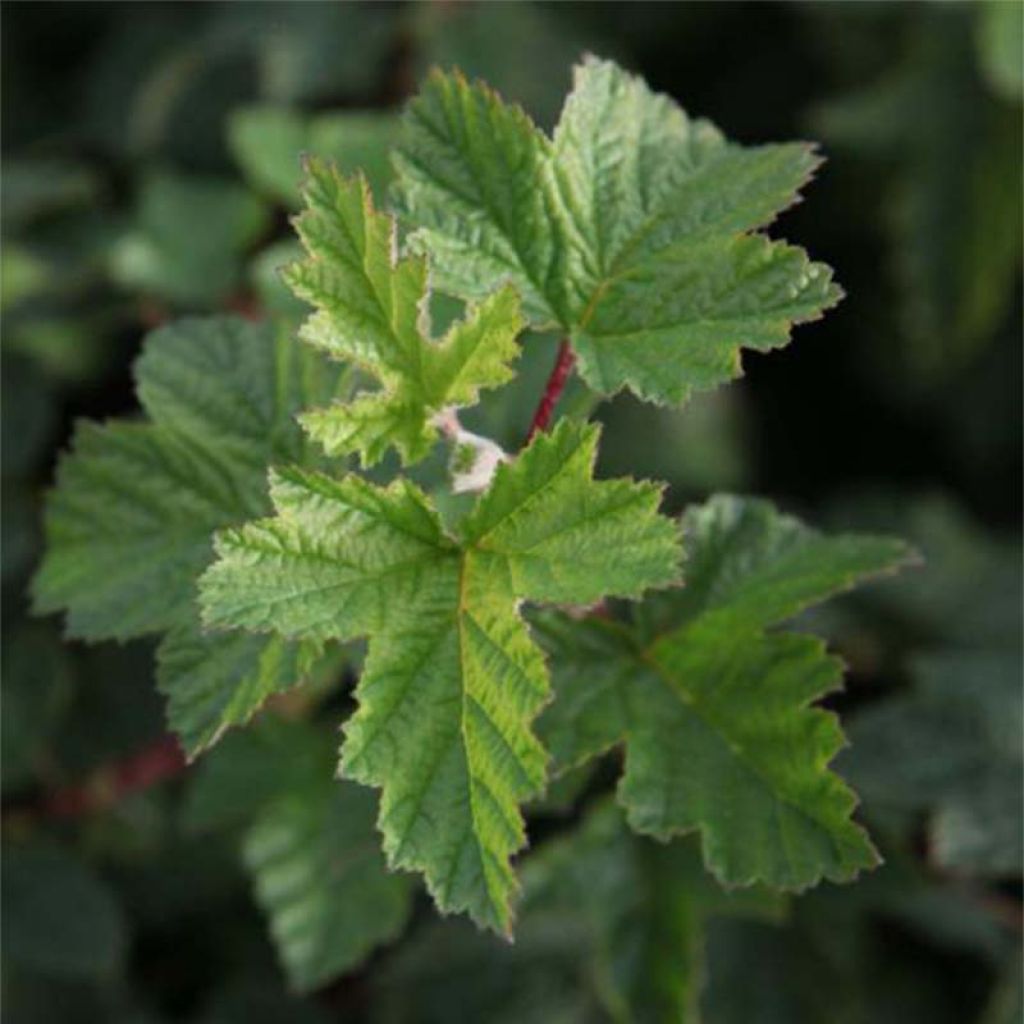

Physocarpus capitatus Tilden Park - Physocarpe à boules.
Physocarpus capitatus Tilden Park
Physocarpus capitatus Tilden Park
Pacific Ninebark
Completely satisfied with my order. Thanks to the individuals responsible for order processing, quality control, and shipping.
Irène, 31/12/2023
Special offer!
Receive a €20 voucher for any order over €90 (excluding delivery costs, credit notes, and plastic-free options)!
1- Add your favorite plants to your cart.
2- Once you have reached €90, confirm your order (you can even choose the delivery date!).
3- As soon as your order is shipped, you will receive an email containing your voucher code, valid for 3 months (90 days).
Your voucher is unique and can only be used once, for any order with a minimum value of €20, excluding delivery costs.
Can be combined with other current offers, non-divisible and non-refundable.
Home or relay delivery (depending on size and destination)
Schedule delivery date,
and select date in basket
This plant carries a 24 months recovery warranty
More information
We guarantee the quality of our plants for a full growing cycle, and will replace at our expense any plant that fails to recover under normal climatic and planting conditions.

Does this plant fit my garden?
Set up your Plantfit profile →
Description
Physocarpus capitatus 'Tilden Park®' is a prostrate form of a robust but little-known Physocarpus, native to the western United States. Still not widely available, this unusual bush has a prostrate habit and forms a wide ground cover adorned with lobed and dentate leaves similar to those of maples, silky and purplish at budbreak, turning green at maturity. Its spring flowering, white and in large flat corymbs, is highly attractive to bees and butterflies, giving way to small red fruits that remain decorative on the branches until late in the season. Other advantages of this sturdy ground cover are its ease of cultivation in any slightly acidic to non-calcareous soil, and its good resistance to summer drought once established.
Physocarpus capitatus (synonymous with Opulaster capitatus or Spiraea capitata) belongs to the Rosaceae family, and is native to the western United States, from southern Alaska to eastern Montana and Utah, and south to California. It is mainly found in wet places, forming thickets along rivers and in forests. This very hardy bush shows a good tolerance to summer drought, to the point that it is commonly planted in Californian gardens. This Physocarpus gets its English name of "newbark" from the appearance of its scaly white bark, which peels off in ribbons as it ages, forming flakes. The name Physocarpus comes from the Greek 'phusa' which means air bubble or vesicle, and 'karpos' which refers to the fruit, in reference to the shape of the fruit.
The cultivar 'Tilden Park', discovered in 1963 in California, stands out with its prostrate, ramified and compact habit, supported by several "trunks" and branches that arch gracefully towards the ground. This bush has a medium to slow growth rate and will not exceed 1m (3ft) in height and 2.50m (8ft) in width when fully grown. In our gardens, it will reach a height of about 50cm (20in) and a spread of 1m (3ft) at the age of 10 years.
Its deciduous foliage may partially persist depending on the severity of the winter. It consists of large leaves, 8cm (3in) wide, slightly sticky and coloured purple at budbreak. The mature leaves are dark green, covered in fine hairs, deeply lobed, with serrated edges. Before falling, they turn yellow. The flowering takes place in May-June. The bush is adorned with a beautiful white flowering, in the form of tiny flowers gathered in dense, fluffy and flat corymbs, 8cm (3in) wide. This flowering is followed by curious red and swollen fruits that are appreciated by birds in autumn.
Physocarpus 'Tilden Park' is one of those shrubs that can thrive on their own once well established and can tolerate the root competition of large trees on the edge of a grove. Unknown to many gardeners, it is more often offered to professionals for urban landscaping, proof of its robustness and tolerance to pollution, summer drought and even sea spray. It will find its place along the edge of flowerbeds or groves, in sunny, semi-shady or even shady areas where it will keep weeds in check. For example, it can be combined with sturdy shrubs such as the hedge honeysuckle (Lonicera xylosteum), with light, golden foliage (Euonymus japonicus 'Aureovariegata', Leycesteria formosa 'Golden Lanterns'), or with silver foliage (shrubby wormwoods). It also pairs well with Japanese spireas, small viburnums (Viburnum trilobum 'Bailey Compact'), dwarf winged euonymus (Euonymus alatus 'Compactus') or Neillia (Neillia affinis). To accompany it, you can plant Heucheras or Heucherellas at its base. It also looks great planted in a container on a terrace or balcony.
Physocarpus capitatus Tilden Park in pictures
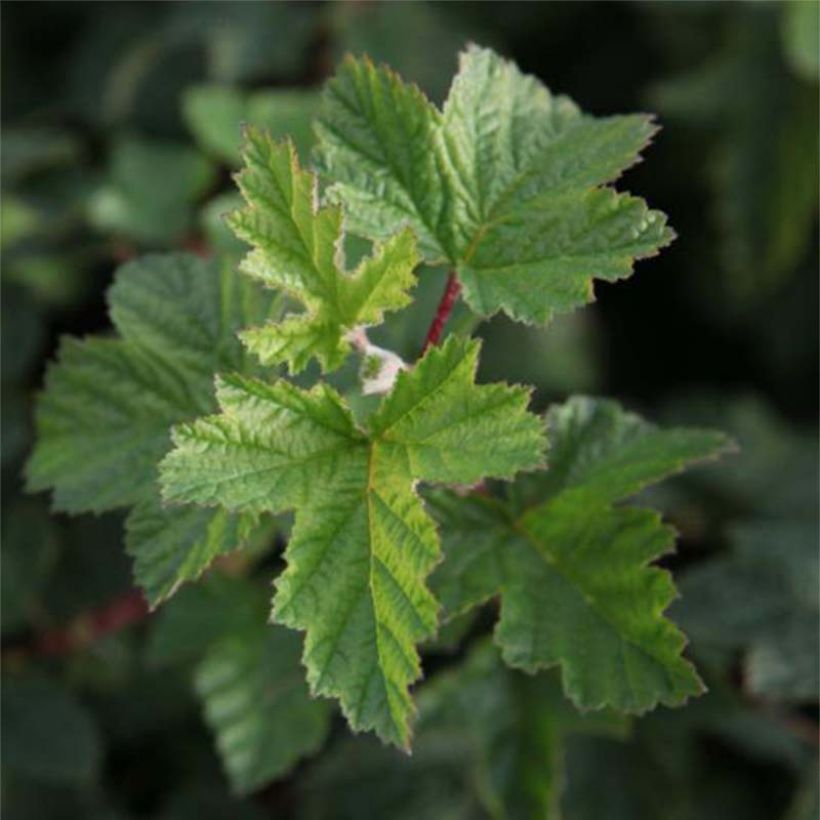

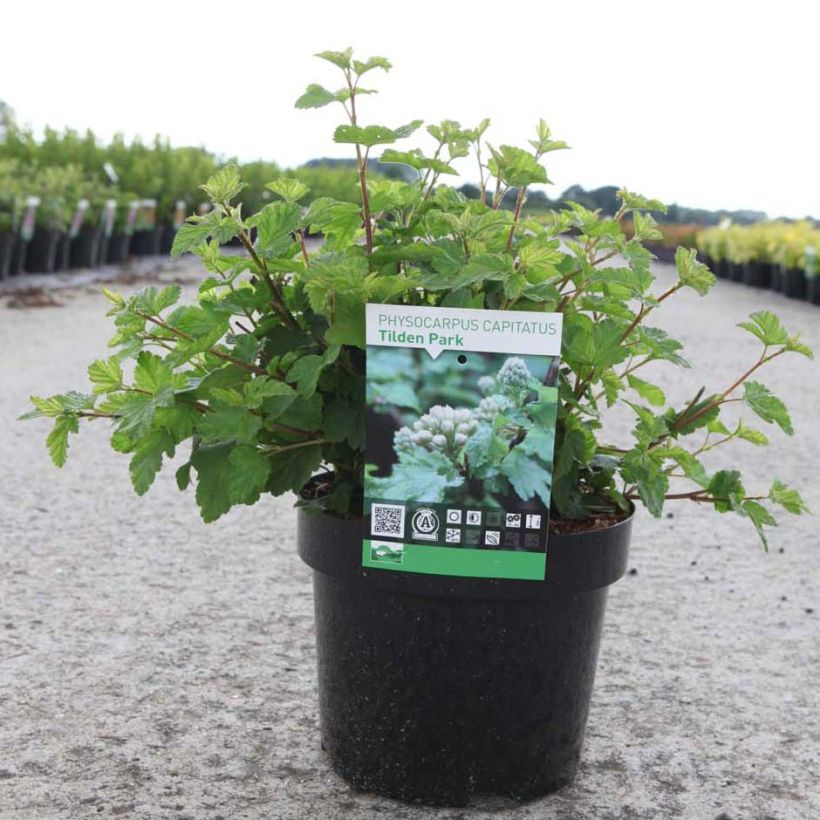

Plant habit
Flowering
Foliage
Botanical data
Physocarpus
capitatus
Tilden Park
Rosaceae
Pacific Ninebark
Cultivar or hybrid
Other Physocarpus
View all →Planting and care
Plant Physocarpus capitatus 'Tilden Park' in early spring or autumn, in deep, ordinary soil, preferably acidic, neutral or even slightly calcareous and relatively dry in summer. Clay-sandy, peaty, sandy, clayey, loamy or clay-humiferous soil are suitable for this bush, which requires very little maintenance once established. However, it is best to avoid allowing the soil to dry excessively in hot and dry regions during summer. This bush will thrive in partial shade, or even in shade in hot climates or in full sun elsewhere, but it will be more floriferous and denser if planted in a well-sunlit location. Thin out dense plants by severely cutting back some of the stems after flowering. The physocarpus tends to produce many suckers, to the detriment of the main plant; it may be useful to prune it to give it a denser appearance.
Diseases such as fire blight, powdery mildew, and downy mildew can occur. To prevent fungal diseases, treat with Bordeaux mixture in spring. If ulcers appear on the wood, it may be fire blight: remove the infected branches as quickly as possible and destroy them by burning.
Planting period
Intended location
Care
Planting & care advice
-
, onOrder confirmed
Reply from on Promesse de fleurs
Similar products
Haven't found what you were looking for?
Hardiness is the lowest winter temperature a plant can endure without suffering serious damage or even dying. However, hardiness is affected by location (a sheltered area, such as a patio), protection (winter cover) and soil type (hardiness is improved by well-drained soil).

Photo Sharing Terms & Conditions
In order to encourage gardeners to interact and share their experiences, Promesse de fleurs offers various media enabling content to be uploaded onto its Site - in particular via the ‘Photo sharing’ module.
The User agrees to refrain from:
- Posting any content that is illegal, prejudicial, insulting, racist, inciteful to hatred, revisionist, contrary to public decency, that infringes on privacy or on the privacy rights of third parties, in particular the publicity rights of persons and goods, intellectual property rights, or the right to privacy.
- Submitting content on behalf of a third party;
- Impersonate the identity of a third party and/or publish any personal information about a third party;
In general, the User undertakes to refrain from any unethical behaviour.
All Content (in particular text, comments, files, images, photos, videos, creative works, etc.), which may be subject to property or intellectual property rights, image or other private rights, shall remain the property of the User, subject to the limited rights granted by the terms of the licence granted by Promesse de fleurs as stated below. Users are at liberty to publish or not to publish such Content on the Site, notably via the ‘Photo Sharing’ facility, and accept that this Content shall be made public and freely accessible, notably on the Internet.
Users further acknowledge, undertake to have ,and guarantee that they hold all necessary rights and permissions to publish such material on the Site, in particular with regard to the legislation in force pertaining to any privacy, property, intellectual property, image, or contractual rights, or rights of any other nature. By publishing such Content on the Site, Users acknowledge accepting full liability as publishers of the Content within the meaning of the law, and grant Promesse de fleurs, free of charge, an inclusive, worldwide licence for the said Content for the entire duration of its publication, including all reproduction, representation, up/downloading, displaying, performing, transmission, and storage rights.
Users also grant permission for their name to be linked to the Content and accept that this link may not always be made available.
By engaging in posting material, Users consent to their Content becoming automatically accessible on the Internet, in particular on other sites and/or blogs and/or web pages of the Promesse de fleurs site, including in particular social pages and the Promesse de fleurs catalogue.
Users may secure the removal of entrusted content free of charge by issuing a simple request via our contact form.
The flowering period indicated on our website applies to countries and regions located in USDA zone 8 (France, the United Kingdom, Ireland, the Netherlands, etc.)
It will vary according to where you live:
- In zones 9 to 10 (Italy, Spain, Greece, etc.), flowering will occur about 2 to 4 weeks earlier.
- In zones 6 to 7 (Germany, Poland, Slovenia, and lower mountainous regions), flowering will be delayed by 2 to 3 weeks.
- In zone 5 (Central Europe, Scandinavia), blooming will be delayed by 3 to 5 weeks.
In temperate climates, pruning of spring-flowering shrubs (forsythia, spireas, etc.) should be done just after flowering.
Pruning of summer-flowering shrubs (Indian Lilac, Perovskia, etc.) can be done in winter or spring.
In cold regions as well as with frost-sensitive plants, avoid pruning too early when severe frosts may still occur.
The planting period indicated on our website applies to countries and regions located in USDA zone 8 (France, United Kingdom, Ireland, Netherlands).
It will vary according to where you live:
- In Mediterranean zones (Marseille, Madrid, Milan, etc.), autumn and winter are the best planting periods.
- In continental zones (Strasbourg, Munich, Vienna, etc.), delay planting by 2 to 3 weeks in spring and bring it forward by 2 to 4 weeks in autumn.
- In mountainous regions (the Alps, Pyrenees, Carpathians, etc.), it is best to plant in late spring (May-June) or late summer (August-September).
The harvesting period indicated on our website applies to countries and regions in USDA zone 8 (France, England, Ireland, the Netherlands).
In colder areas (Scandinavia, Poland, Austria...) fruit and vegetable harvests are likely to be delayed by 3-4 weeks.
In warmer areas (Italy, Spain, Greece, etc.), harvesting will probably take place earlier, depending on weather conditions.
The sowing periods indicated on our website apply to countries and regions within USDA Zone 8 (France, UK, Ireland, Netherlands).
In colder areas (Scandinavia, Poland, Austria...), delay any outdoor sowing by 3-4 weeks, or sow under glass.
In warmer climes (Italy, Spain, Greece, etc.), bring outdoor sowing forward by a few weeks.






























